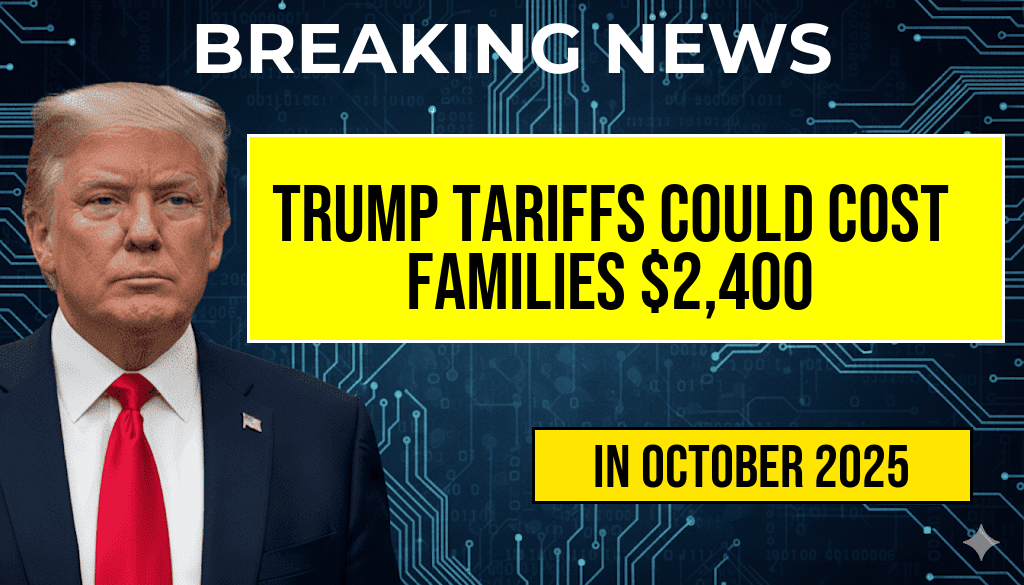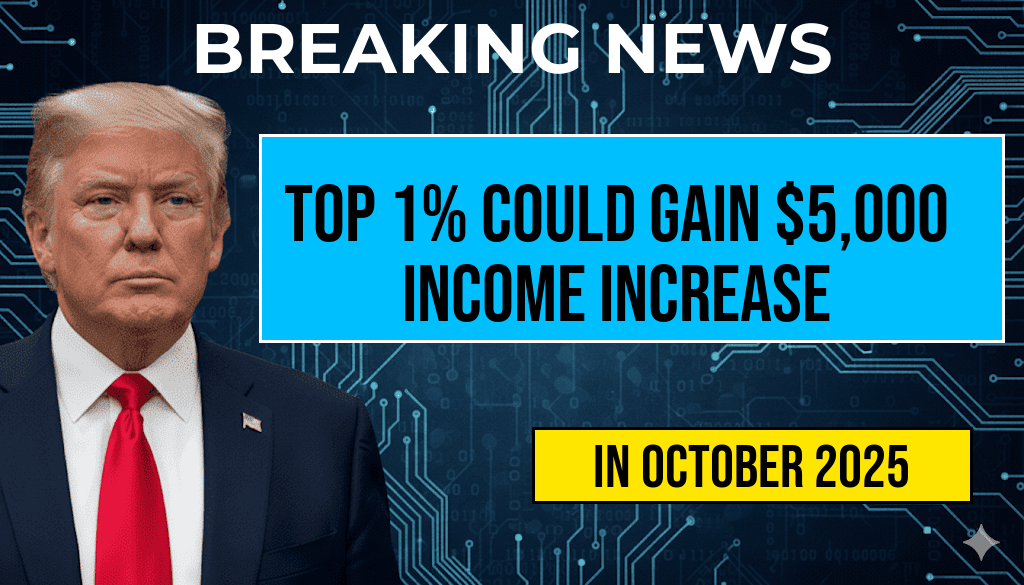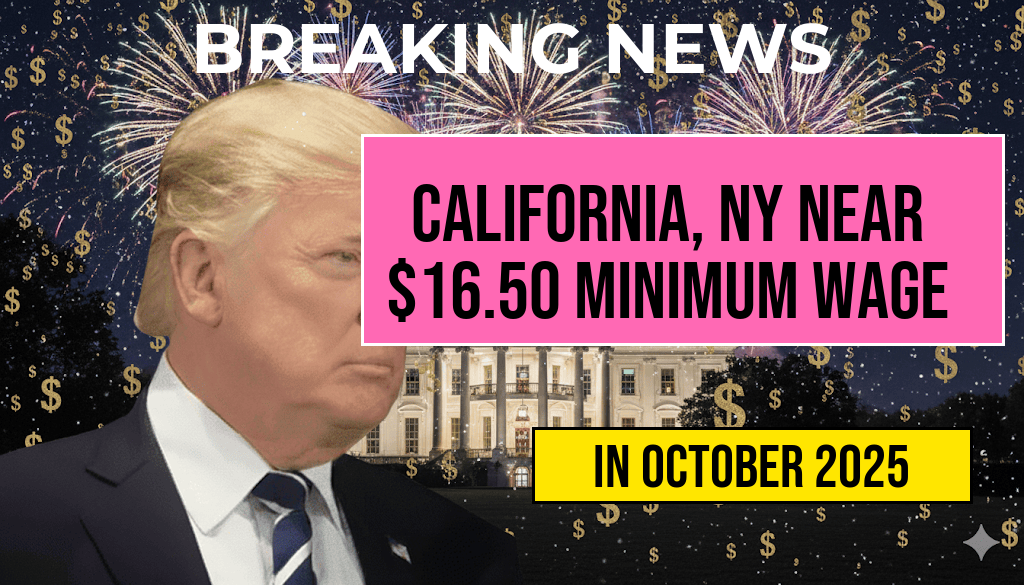Recent policy proposals and economic forecasts suggest that the middle class in the United States could face significant financial setbacks by 2027, with potential reductions in average household income by as much as $1,300. Experts warn that upcoming legislative changes, tax reforms, and shifting labor market dynamics may disproportionately impact middle-income earners, threatening decades of economic stability and upward mobility. As policymakers debate new regulations, financial analysts and advocacy groups are raising concerns about widening income inequality and the erosion of middle-class prosperity, prompting urgent discussions on safeguarding economic security for millions of Americans.
Potential Policy Changes and Their Economic Impact
Tax Reforms and Revenue Shifts
- Proposed adjustments to income tax brackets could result in increased tax burdens for middle-income households.
- Elimination or reduction of certain deductions might decrease disposable income.
- Projected revenue changes could lead to cuts in social programs that benefit middle-class families, such as education grants and healthcare subsidies.
Labor Market and Wage Dynamics
- Automation and technological advancements threaten to displace middle-wage jobs in manufacturing and administrative sectors.
- Minimum wage policies and gig economy growth may not compensate for lost traditional employment opportunities.
- Forecasts indicate a stagnation or slight decline in median household incomes if current trends persist.
Economic Modeling and Income Projections
Forecasted Income Reduction
| Year | Average Household Income (USD) | Projected Change from 2023 |
|---|---|---|
| 2023 | $75,000 | – |
| 2024 | $73,500 | -\$1,500 |
| 2025 | $71,900 | -\$3,100 |
| 2026 | $70,600 | -\$4,400 |
| 2027 | $73,700 | -\$1,300 (from 2023) |
According to models developed by economists at the Urban Institute and corroborated by independent financial analysts, the cumulative effect of policy shifts could lead to an average income decline of approximately $1,300 per household by 2027. While some estimates project slight recovery post-2026, the immediate impact underscores a period of financial strain for many middle-class families.
Broader Socioeconomic Implications
Widening Income Inequality
The potential income contraction is expected to exacerbate existing disparities. Data from the Congressional Budget Office indicates that middle-income households have seen stagnant or modest income growth over the past decade, and policy-induced setbacks threaten to widen the gap with both lower and higher-income groups. This could hinder social mobility and fuel political debates over economic fairness.
Housing and Consumer Spending
Declines in income may lead to reduced consumer spending, which in turn could slow economic growth. Housing markets, heavily reliant on middle-class buyers, might face decreased demand, potentially impacting home values and construction activity. Analysts warn that a sustained dip could trigger broader economic vulnerabilities if consumer confidence wanes.
Responses and Recommendations
Policy Advocacy and Public Engagement
- Advocates argue for targeted tax relief and investments in workforce development to mitigate income losses.
- Community organizations emphasize the importance of safeguarding social safety nets and expanding access to affordable healthcare and education.
- Experts recommend transparency in legislative processes to ensure policies support economic resilience for middle-income families.
Expert Perspectives
Economists from the Brookings Institution highlight that strategic policy adjustments could soften the blow, emphasizing the need for balanced reforms that promote growth without disproportionately burdening middle earners. Meanwhile, labor advocates stress that policy measures fostering job creation and wage growth are essential to counteract potential income declines.
Looking Ahead
As the debate over upcoming policies intensifies, the focus remains on protecting the economic footing of middle-class households. The potential reduction in incomes underscores the importance of deliberate, equitable policymaking that considers long-term social and economic stability. Stakeholders across the spectrum acknowledge that proactive measures are crucial to prevent further erosion of middle-class prosperity and to secure a resilient economic future for millions of Americans.
For more comprehensive insights on income trends and policy impacts, visit Wikipedia’s page on economic inequality in the U.S. and Forbes’ economic analysis section.
Frequently Asked Questions
What is the main concern highlighted in the article?
The article discusses how new policies could pose a threat to the middle class by potentially reducing the average income by up to $1,300 in 2027.
How might these policies impact middle-class households?
These policies could lead to a decrease in disposable income for middle-class families, affecting their ability to save, invest, and maintain their current standard of living.
What specific policies are mentioned as contributing to the income reduction?
The article references tax reforms and spending cuts that are expected to decrease income levels for the middle class starting in 2027.
Are there any potential benefits or just the risks associated with these policies?
The article primarily focuses on the risks to the middle class and does not highlight any specific benefits, emphasizing the importance of policy adjustments to protect income levels.
What can middle-class individuals do to prepare for these potential changes?
Middle-class individuals are encouraged to review their financial plans, consider additional savings, and stay informed about policy developments to better prepare for possible income reductions.








